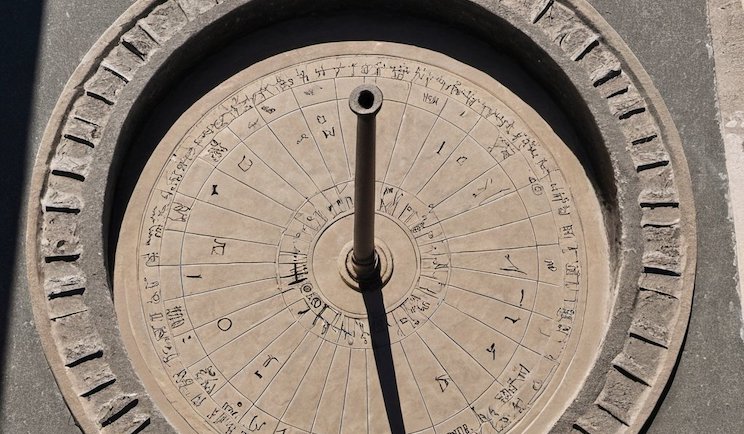
When Did It All Start?
The current system of time measurement dates to the Sumerians in 2000 BC, but the first scheduled appointment was made long before that! Based on exhaustive research, we believe that an appointment was made with a medicine man over 10,000 years ago. OK, actually we are not sure!
 However, the use of appointments with doctors has a long history, and for a good reason: they are a scarce resource and need to make sure they spent the right amount of time with each patient. The very idea of “appointment scheduling” is based on convenience: both parties agree to a particular time, place, and reason for a meeting that benefits them both. (In the case of the doctor, it’s payment – and for the patient, getting cured!)
However, the use of appointments with doctors has a long history, and for a good reason: they are a scarce resource and need to make sure they spent the right amount of time with each patient. The very idea of “appointment scheduling” is based on convenience: both parties agree to a particular time, place, and reason for a meeting that benefits them both. (In the case of the doctor, it’s payment – and for the patient, getting cured!)
Throughout history, appointment scheduling tended to be for the benefit of the “professional” serving the appointment: doctor, lawyer, hair stylist, accountant, politician, or anyone else whose time was valuable and could not be wasted.
What About Me?
The idea of convenience for the consumer—that’s you—is relatively new.
The expansion of appointments to retail store, banks, auto repair and other services was a way to offer a consumer benefit and compete more effectively.
The good news is that with the widespread use of smart phones and the web, making an appointment no longer requires phone calls, or tedious “back and forth”. Businesses of all types can now offer the service cost effectively, and help make life easier for customers!
I Hate Waiting In Line
Probably the oldest method of getting a scarce resource is “waiting in line”! Officially, this is called “Queuing”, and as anyone who has waited at the Department of Motor Vehicles knows this is not always a great experience! However, combining elements of Queuing and Appointment Scheduling can help ease the pain.
For example, government agencies—and many others—now will schedule appointments during time blocks to ensure a better flow. Upon arrival, there may still be a “queue” but the number of people is significantly less. And now, you can even “get in line” before you go.
This is known as “line jumping” and can allow you to use your mobile phone to “register” to get in line. You can then walk or drive over to your appointment. When you get there, you can check in and voilà! You save a bunch of time!
OK, I’m Curious
Want to learn more? TASBIA (The Appointment Scheduling and Booking Association) has a Learning Center just for you! Check it out!